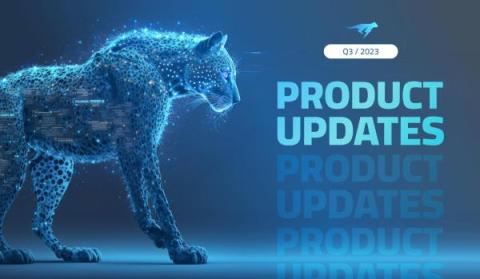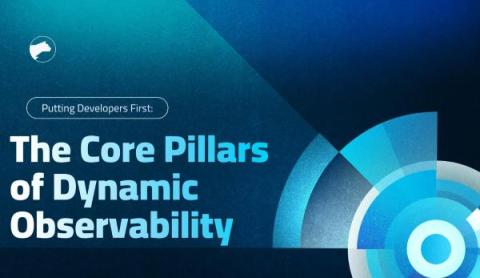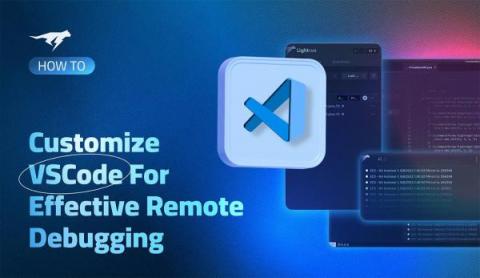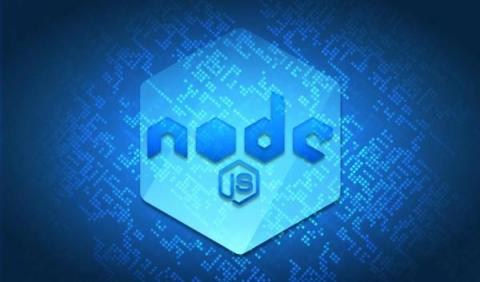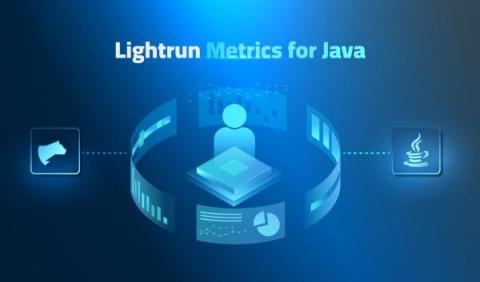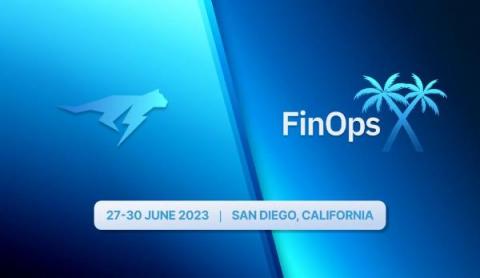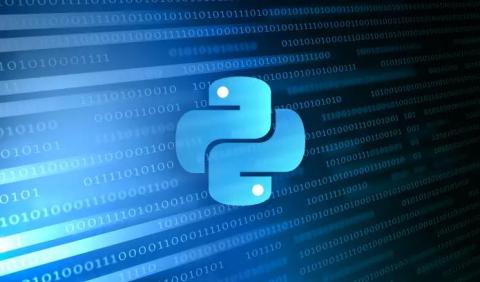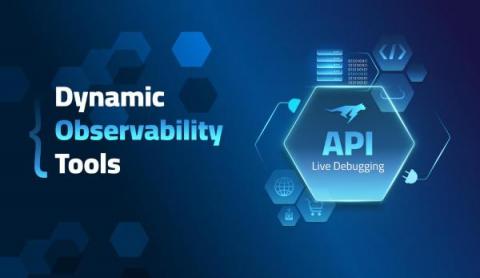Lightrun's Product Updates - Q3 2023
Throughout the third quarter of this year, Lightrun continued its efforts to develop a multitude of solutions and improvements focused on enhancing developer productivity. Their primary objectives were to improve troubleshooting for distributed workload applications, reduce mean time to resolution (MTTR) for complex issues, and optimize costs in the realm of cloud computing. Read more below the main new features as well as the key product enhancements that were released in Q3 of 2023!


